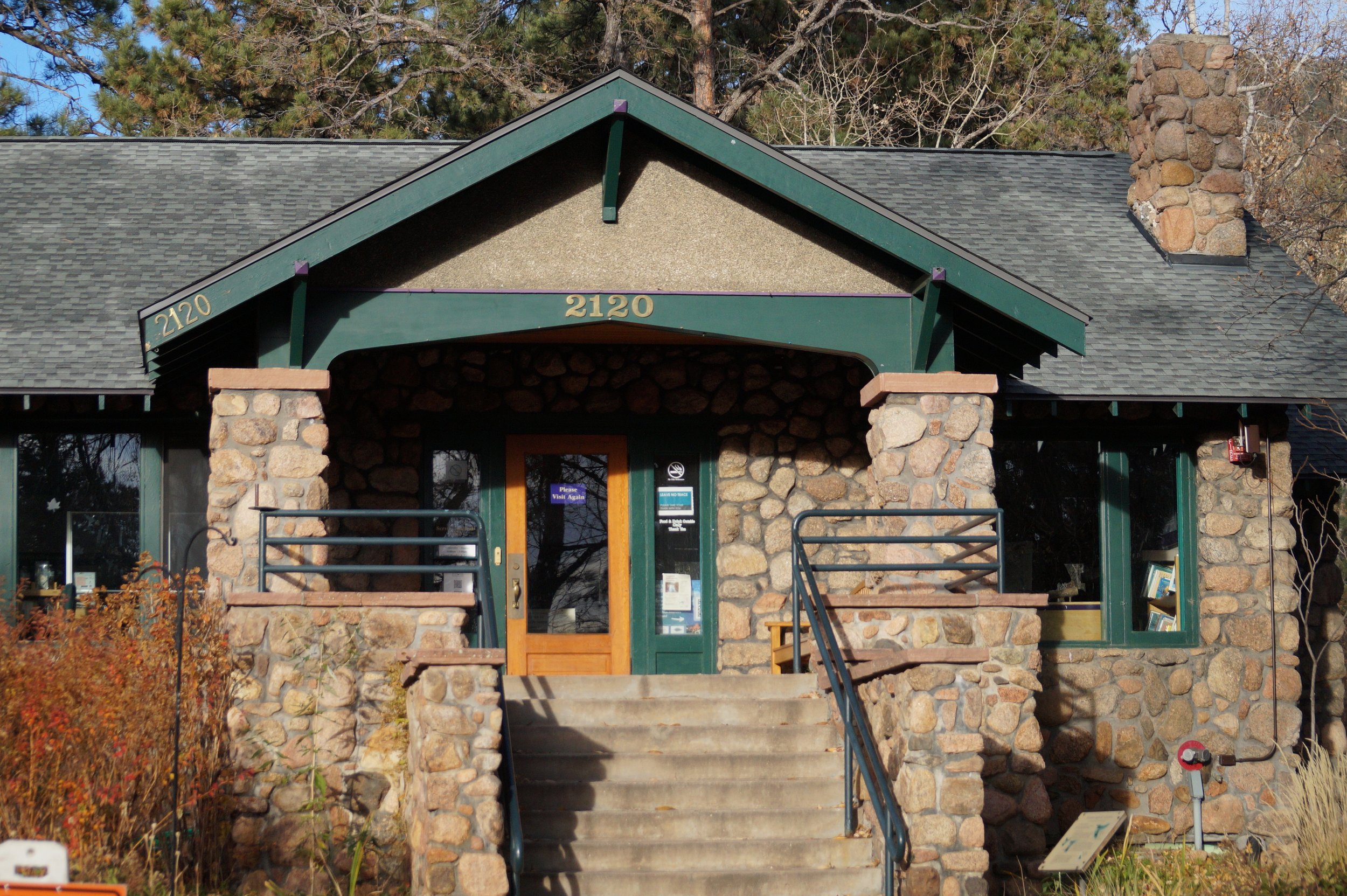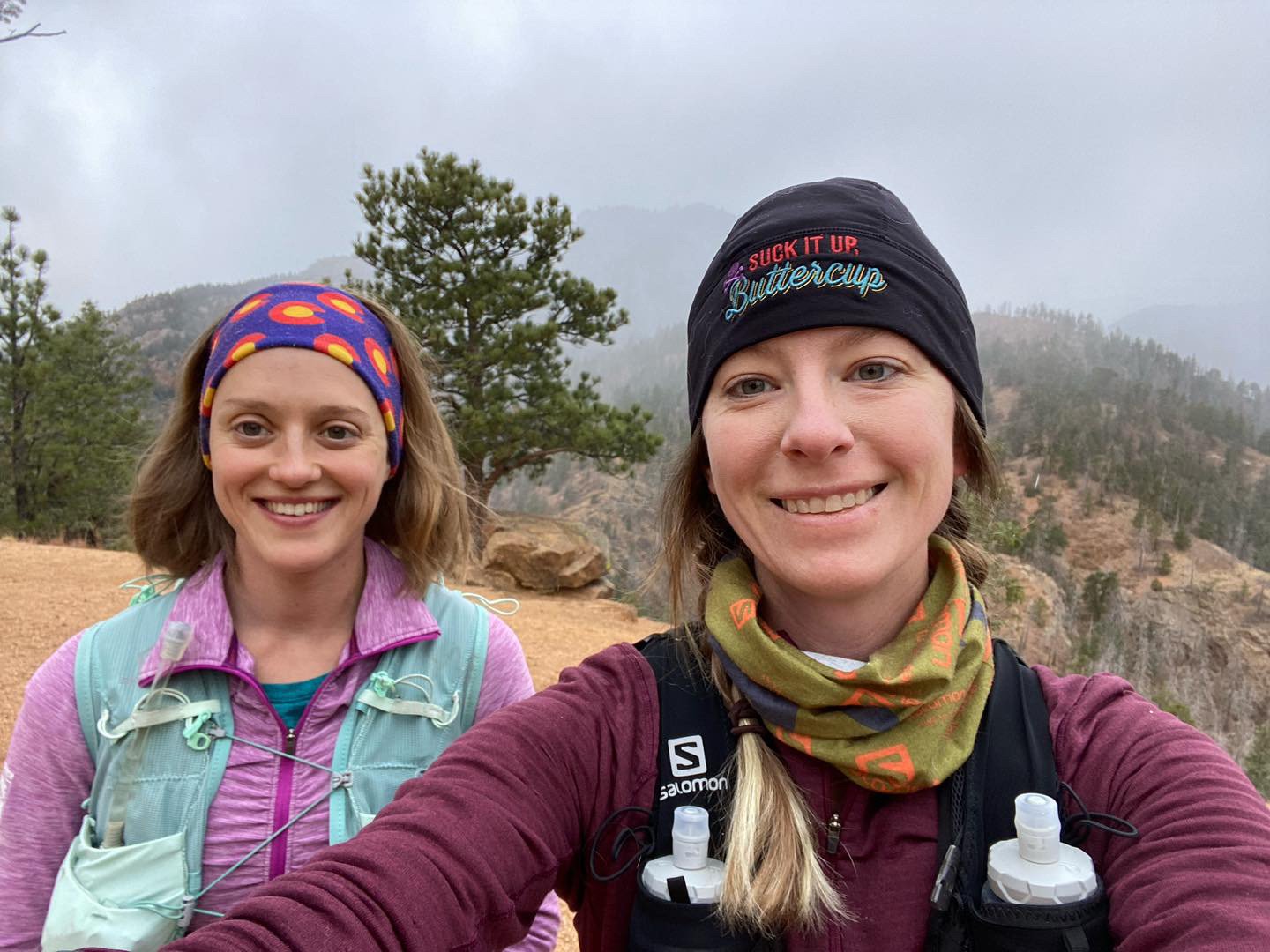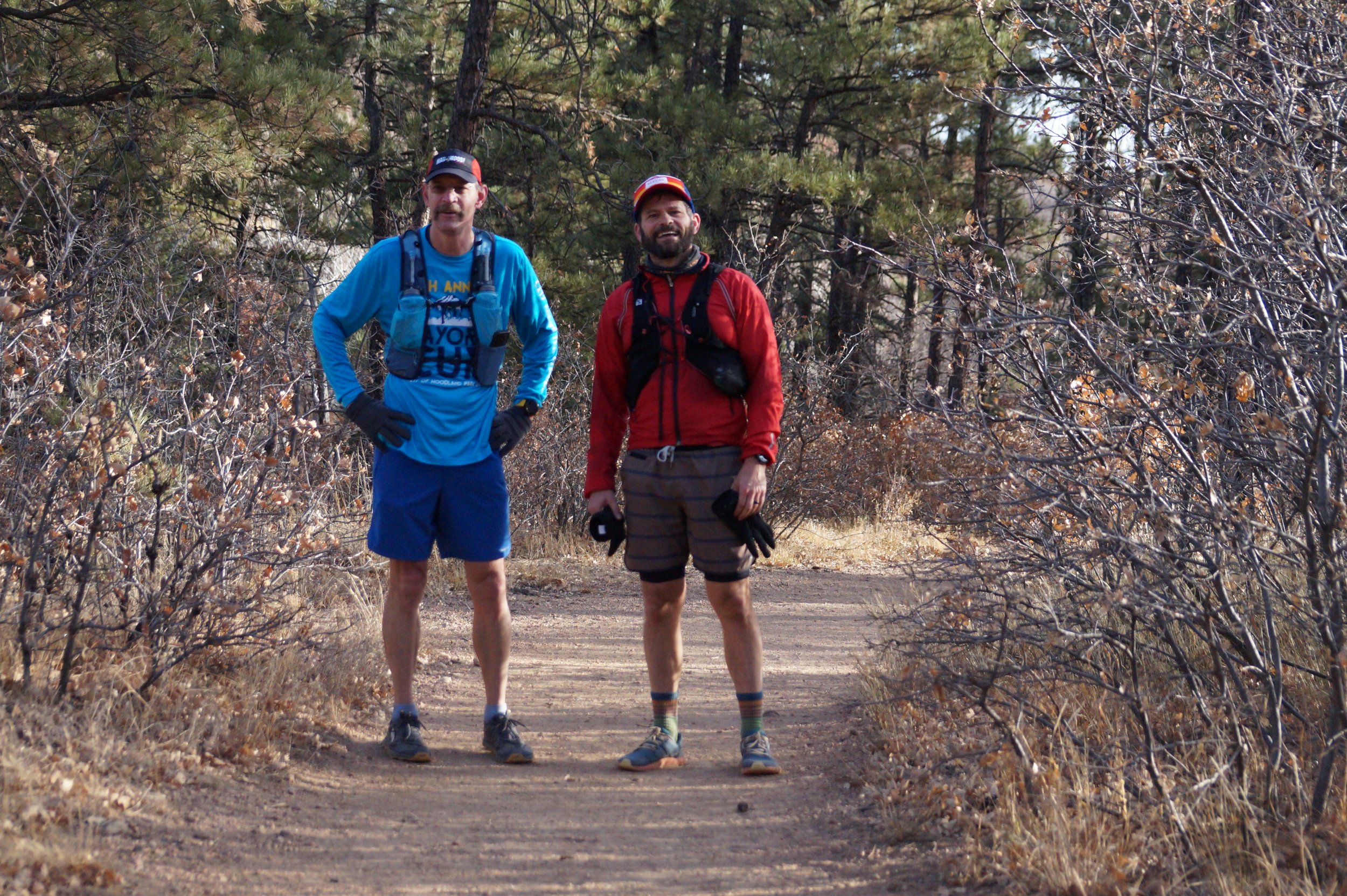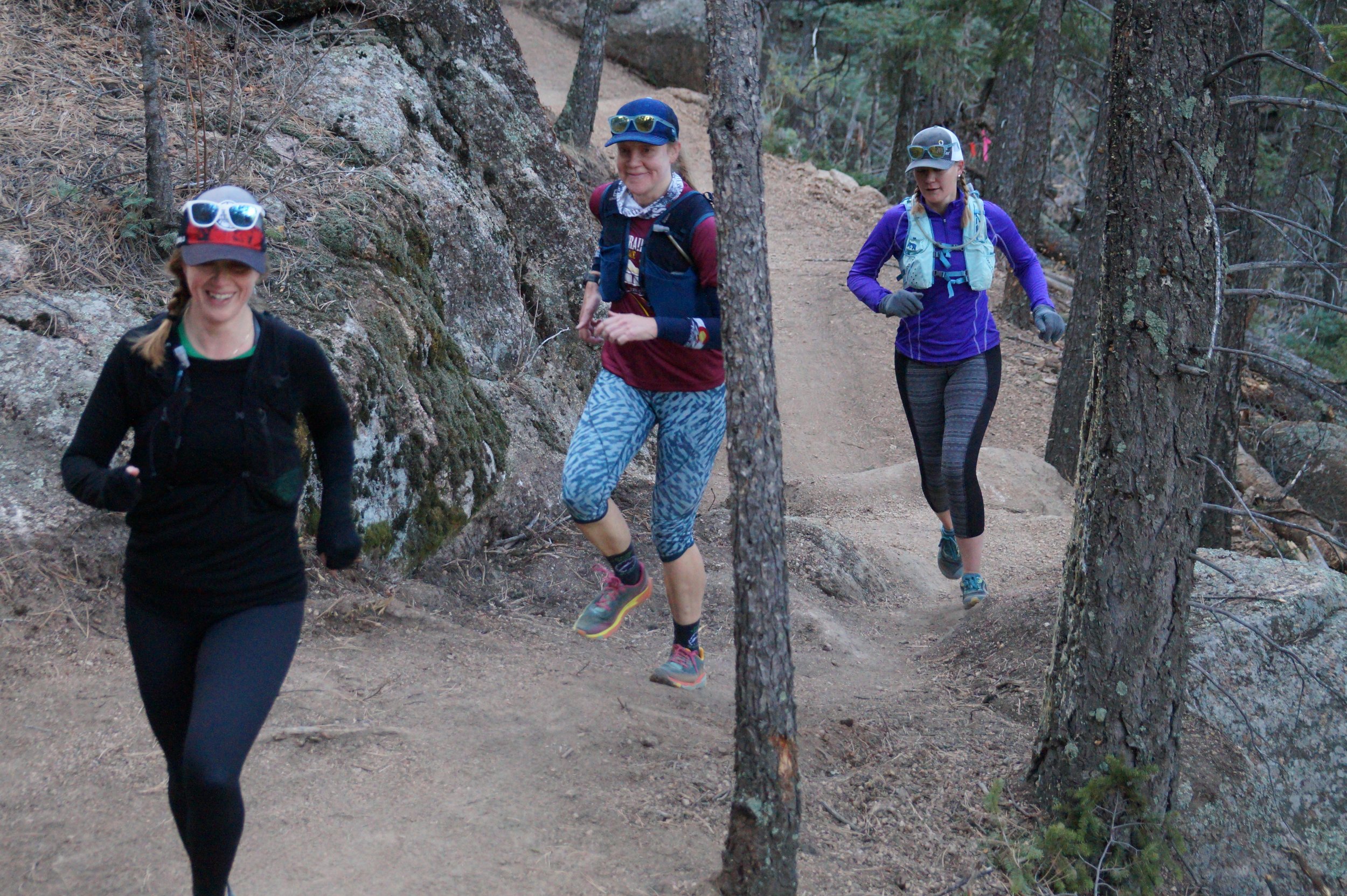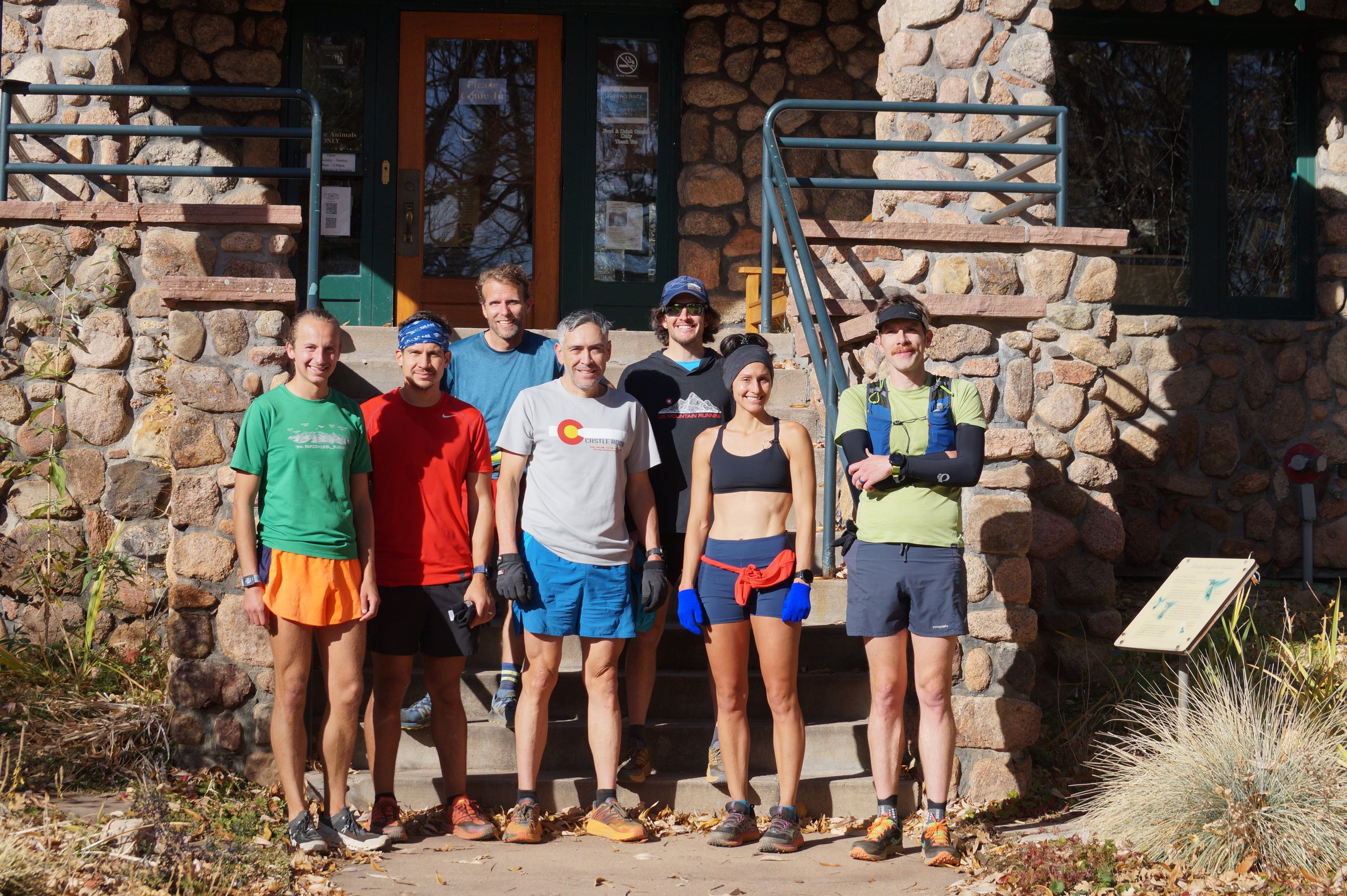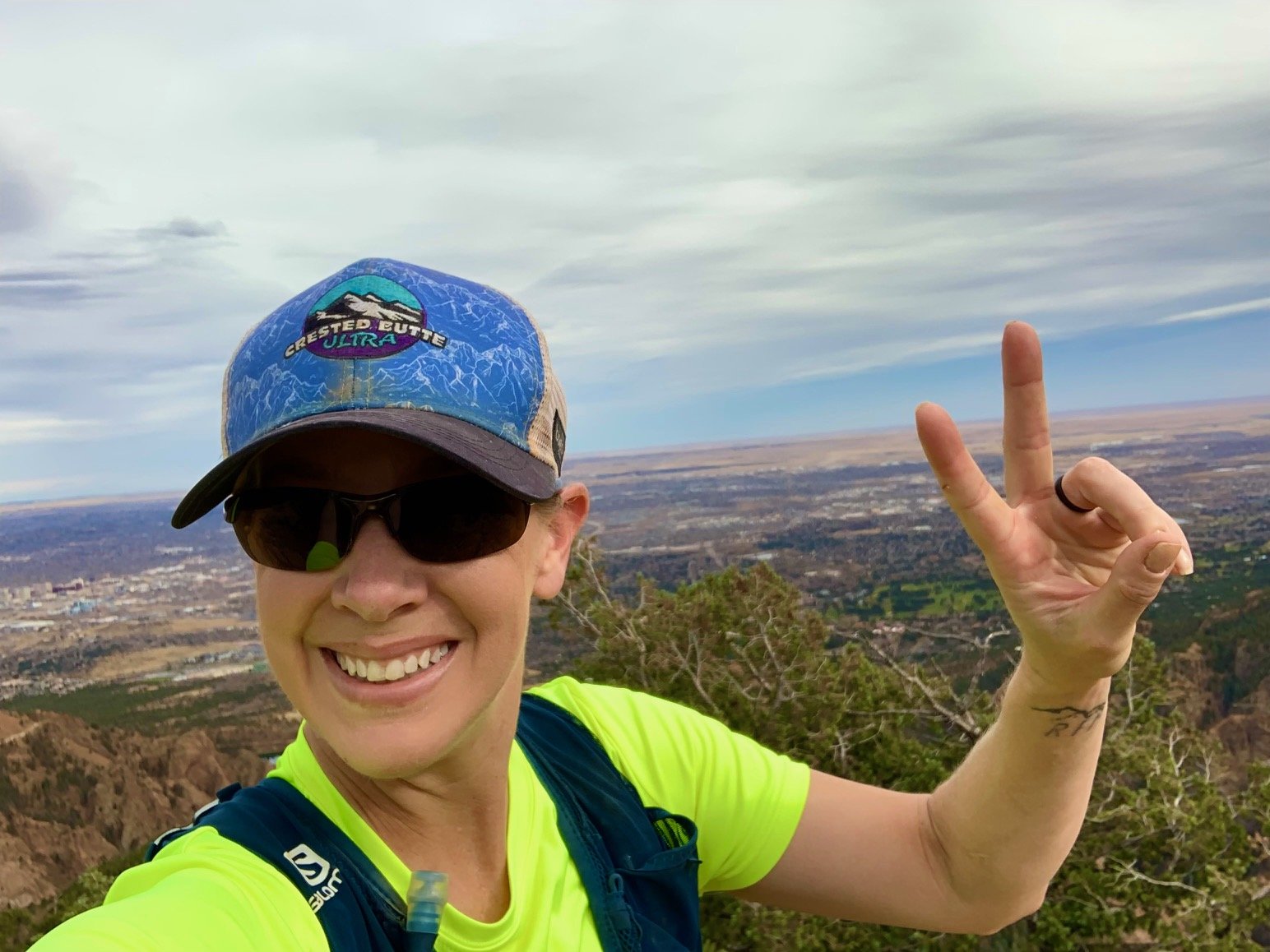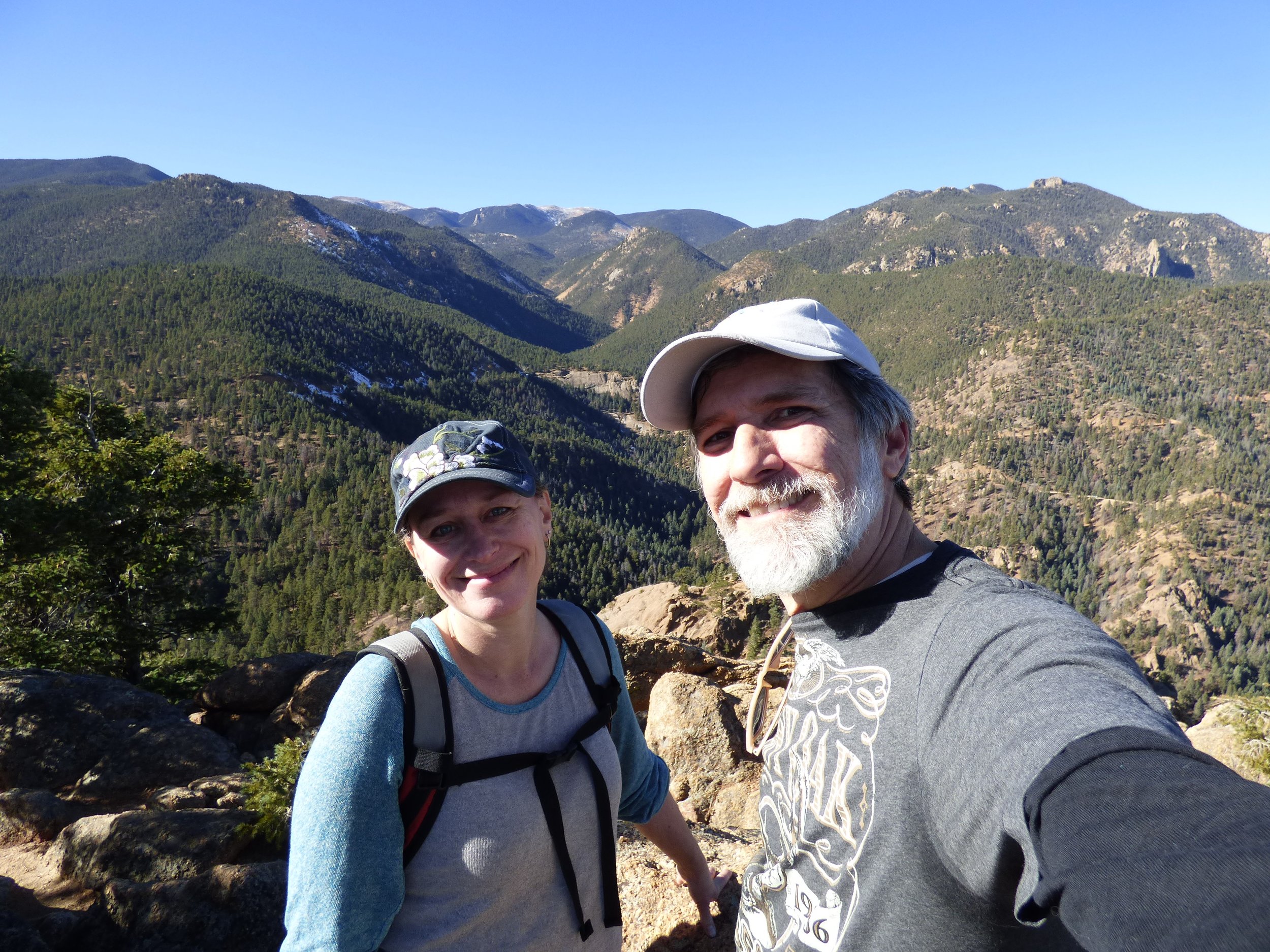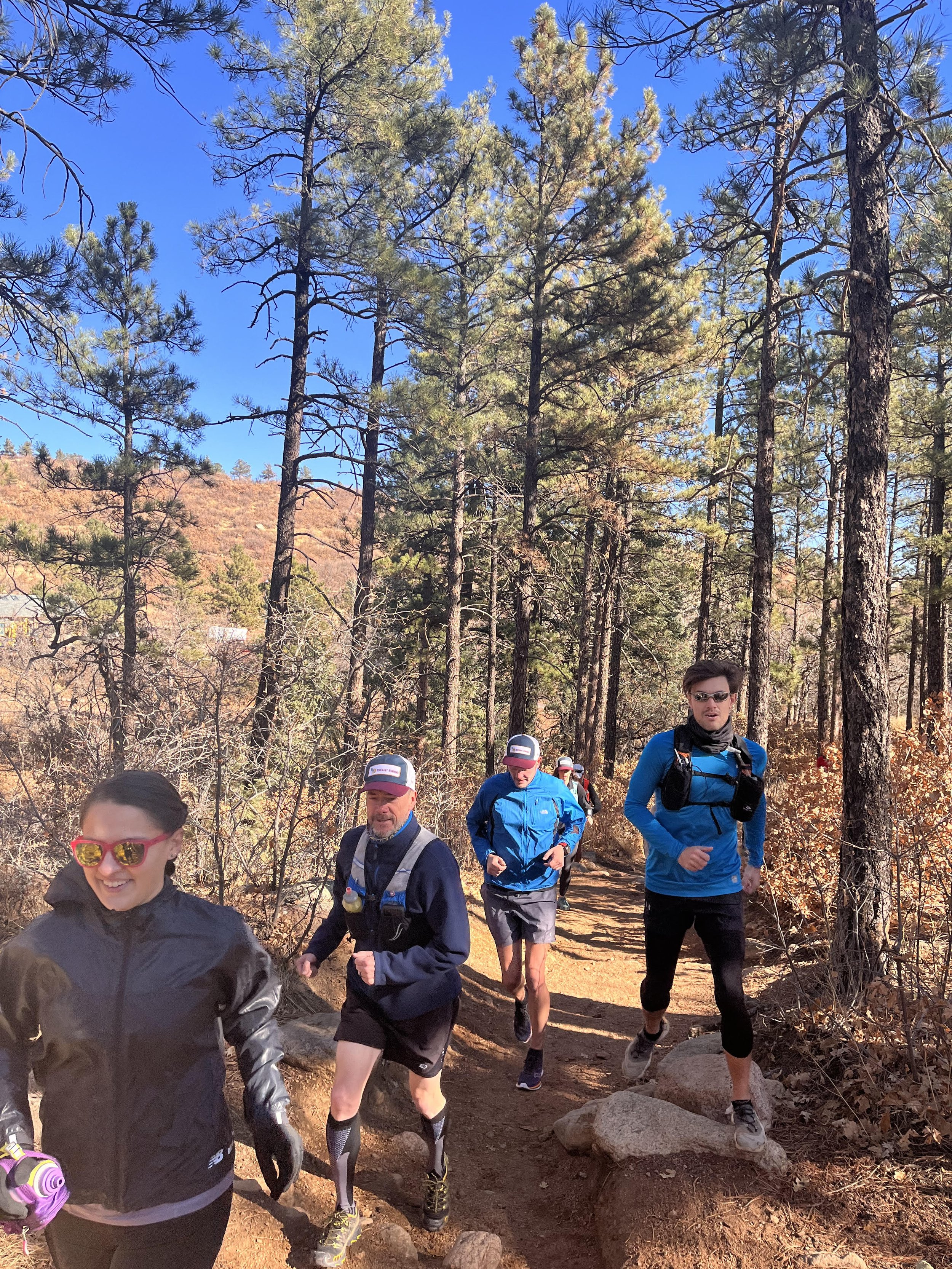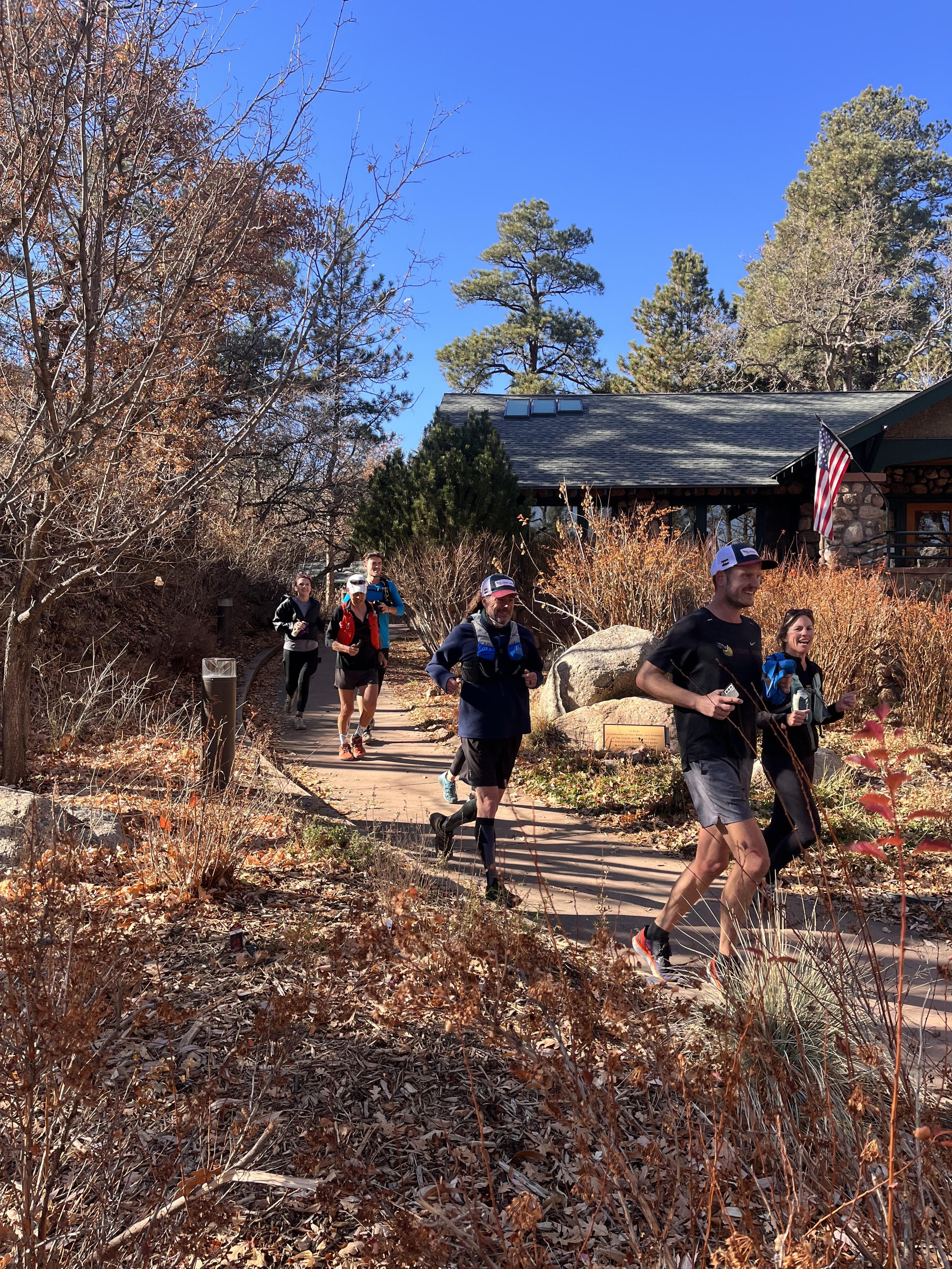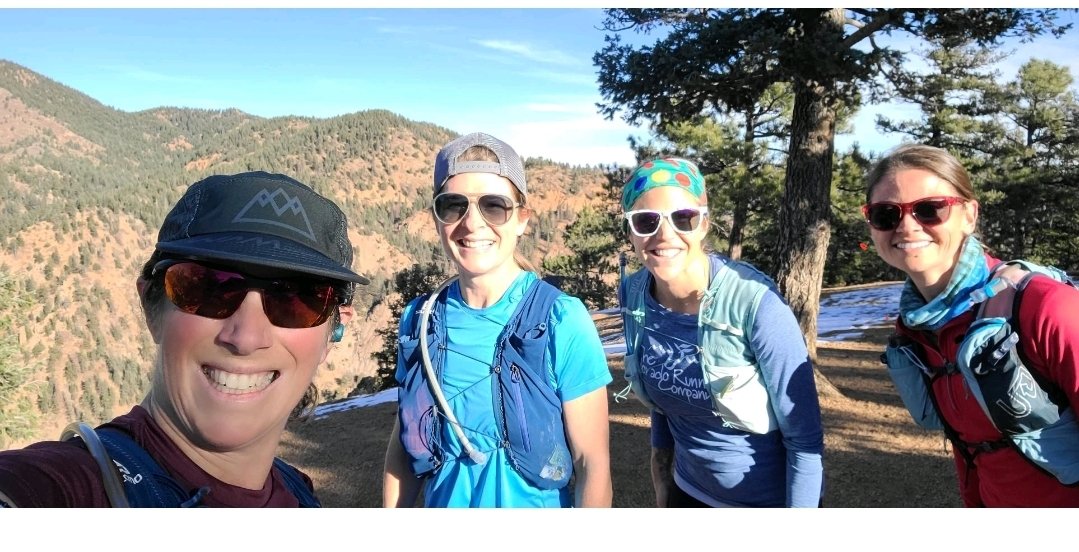By Rob Lucey, Friends of Cheyenne Cañon, Treasurer
In 1992, Bill Clinton denied the first George Bush a second term in the Oval Office, Somalia erupted in civil war, Hurricane Andrew slammed Florida, Space Shuttle Endeavour made its maiden voyage, the Cartoon Network launched on cable TV, the summer Olympics took place in Barcelona, the U.N. hosted an Earth Summit in Brazil, and a group of Colorado Springs residents formed the Friends of Cheyenne Cañon.
A lot has changed in the three decades that followed, but FOCC is still going strong!
Initially developed in the early 1880s as a retreat for students and faculty of Colorado College, Cheyenne Cañon park quickly became popular with the general public. Famed author Helen Hunt Jackson joined a movement to convince the city to acquire the property. In 1885, Colorado Springs residents voted to purchase the 640 scenic acres, making North Cheyenne Cañon Park one of the oldest parks in the city. Over the years, it has grown to more than 1,600 acres with numerous popular trails.
In 1990, a historic stone home that had been moved to the canyon’s entrance opened as the Starsmore Discovery Center. Two years later, the Friends group formed, largely as a means to organize volunteers supporting educational programs at Starsmore.
It all started on Dec. 7, 1992, when a pre-board meeting was held to launch the process of formalizing the organization. On Jan. 21, 1993, the Friends of Cheyenne Cañon name was chosen and the seven original board members chose Kaye Watson as the first president. Bylaws were passed, dues of $10 set, a mission statement drafted, and a first donation of $405.80 was received from the Palmer Foundation.
FOCC was one of the first Friends groups in the city. Today, the Parks, Recreation and Cultural Services department recognizes sixteen friends groups (https://coloradosprings.gov/parks/page/friends-groups) that volunteer to coordinate projects and raise funds to support parks throughout Colorado Springs. But we like to think FOCC sets the standard for other groups.
Among the many activities the organization has organized or supported over the years are:
Created a Hummingbird Garden at Starsmore in 1992.
Sponsored an annual Hummingbird Festival beginning in 1993.
Hosted volunteer Cañon Clean-up events since 1995.
Sponsored a Founder Day Party to celebrate the fifth anniversary of the Starsmore Discovery Center and donor Mary Starsmore’s 95th birthday.
Funded outdoor education programs for area youth starting in 1995.
Assisted in city park volunteer recruitment and training since 1995.
Participated in the Master Plan process for the park in 1998 and again in 2018.
Hosted several Canvases in the Cañon art events.
Successfully lobbied to preserve the adjacent Stratton Open Space in 1998.
Sponsored National Hummingbird Day since 2000.
Produced numerous brochures, newsletters, t-shirts and a website to promote the park.
Ran retail gift shops in Starsmore Center and, later, the Cub for more than a decade starting in 2003.
Trained and hosted volunteers for trail repair and maintenance days starting with the formation of a Trails Committee in 2004.
Participated in a Forest Health and Management plan for the park.
Supported the Ute tipi building program to promote awareness of the area’s Native American heritage.
Helped fund seasonal employees in the park for several years.
Enjoyed the support of an active Teen Advisory Board for several years.
Partially funded several new trails throughout the park including the recently opened Daniel’s Pass trail, and partially funded major work on Columbine Trail, Mt. Muscoco Trail and Silver Cascade Falls Trail.
Applied for and won numerous grants to support projects throughout the park including preservation of historic structures.
Hosted the annual Canya Cañon race and family hike.
Helped apply for and gain inclusion of the park on the National Register of Historic Places in 2009.
Hosted a Halloween Festival at the Starsmore Center since 2010.
Designed, built and furnished the Cub Visitor Center at Helen Hunt Falls (largely with funds from the Bristol Brewery’s annual charitable Cheyenne Cañon Piñon Nut Brown Ale sales), finishing in 2012.
Funded a permanent safety fence above Helen Hunt Falls.
Funded field trips to the park from schools that otherwise couldn’t afford to expose students to the area’s natural wonders.
Hosted educational and social events for volunteers and members of the Friends.
Each year, the park serves as a major recreational resource for many thousands of local families and visitors who come to hike, picnic, backpack, cycle, climb, photograph, bird watch, dog walk, and just explore all that nature has to offer.
Since the founding of that small group of Friends in 1992, hundreds of FOCC members, volunteers, board members and supporters have given thousands of hours and many more thousands of dollars to protect, enhance and support the park that so many enjoy.
As bridge work in the canyon nears completion, we will be planning several special activities to mark this major milestone along with all the Friends of Cheyenne Cañon.
It’s Time to Re-Join the Friends of Cheyenne Cañon
As we mark the 30th Anniversary of the first Friends meeting, we have launched a new Friends of Cheyenne Cañon membership campaign.
During the past few years, FOCC had discontinued collecting membership dues. But now we have identified several projects in the park that can use some extra funding.
The new campaign officially launched at our Hummingbird Festival in early May. So if you are wondering if your membership has lapsed and you didn't join at the Hummingbird Festival, then it's time to renew.
We would like to invite both old Friends and new Friends to join us at the Starsmore Level for a special $30 for our 30th Anniversary rate. To show our appreciation, we will send you a membership card featuring free drink offers from several local vendors who support our efforts. You will also receive invitations to all of our 30th anniversary activities over the coming year.
For those who want to do a little bit more, you can join at the Cutler Level for $60 and we will get you a special 30th Anniversary T-shirt along with your membership card.
And for our extra special friends, you can join at the Muscoco Level for $120 or above. Along with your card, we will get you either two T-shirts or a T-shirt and entry in this year’s Canya Cañon race.
Our FOCC Founders and Lifetime Members - Where Are They Now?
When the Friends of Cheyenne Canon, Inc. filed official articles of incorporation with the State of Colorado to form a nonprofit corporation on April 29, 1993, seven intrepid founders signed on as the initial directors.
In order to preserve our history, we would love to chat with any of these (or other) earliest members to record their memories of the organization’s earliest projects.
If you know any of our founders, please ask if they could reach out to us. They are:
Carolyn Barnes, Marthe Earle, Nan Frier, Willie Gatza, Shawne Gross, Barbara Stephenson and Kaye Watson.
We are also trying to compile a list of our those members who were honored with Lifetime Membership in the past. In a volunteer organization, records aren’t always as good as they should be. We know there are several Lifetime Members in the community, but unfortunately we don’t know who they all are.
If you are a Lifetime Member or know of one, please let us know so we can create a record.
Either call or text Rob Lucey at (281)627-6818, e-mail Rob@cheyennecanon.org or leave a note at the Starsmore Center with the best way to reach out.

